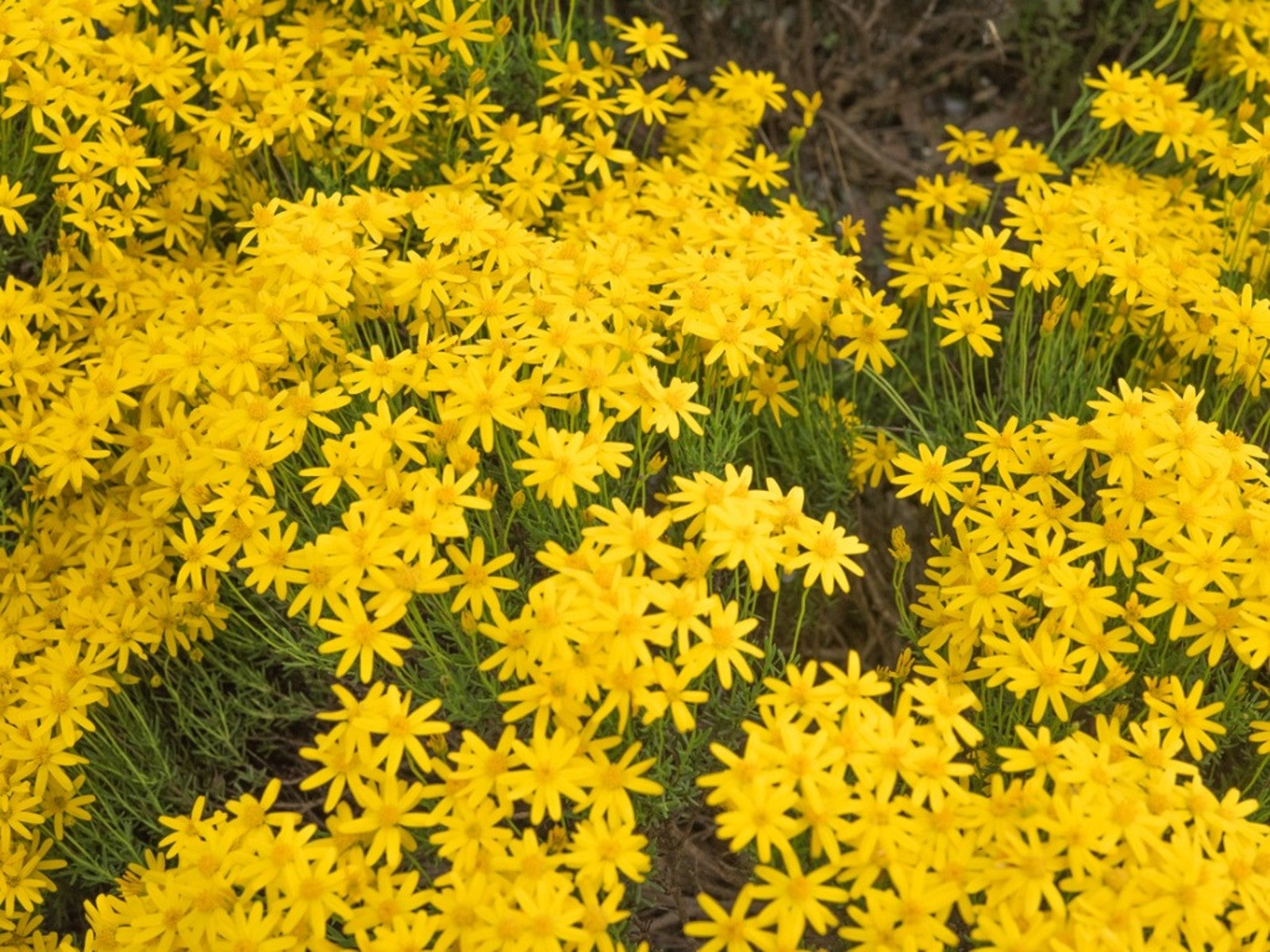
More and more gardeners are looking to plants that are drought tolerant, which brings us to landscaping with Damianita daisies. Read on for info about Damianita daisy care.
What are Damianita Daisies?
Damianita daisies are small evergreen shrubs that grow to a foot (30 cm.) or so in height and the same across. Highly aromatic the plant is covered with medium to dark green fine foliage and blooms from spring through September with brilliantly hued yellow blossoms.
Damianita Plant Info
Damianita daisies (Chrysactinia mexicana) are native to Mexico, Texas and New Mexico. The first syllable of the genus name, “chrys” means golden, which is indicative of the bloom color.
Damianita was used by Native Americans for medicinal purposes and as an aphrodisiac, but today Damianita flower growing is primarily for its extreme drought tolerance and long lasting blooms. The plant has a deep many-branched tap root which accounts for its drought tolerance.
If any part of the plant is crushed or bruised, Damianita exudes a pungent aroma which arises from orange oil glands. Purportedly, this intense scent keeps Damianita from being eaten by deer.
Damianita Flower Growing
Damianita daisies are easy to grow and are hardy to 0 F (-18 C). They have become increasingly popular landscape specimens not only in their native climates but in Arizona and California as well.
They thrive in arid regions, in full sun and are tolerant of inhospitable soils. On the whole, these daisies are extremely resilient and durable choices for difficult landscaping.
Sign up for the Gardening Know How newsletter today and receive a free copy of our e-book "How to Grow Delicious Tomatoes".
A compact plant, Damianita can be used in mass plantings or in small spaces such as courtyards or along walkways. It is also useful as a ground cover plant or border plant.
Damianita Daisy Care
Once established, Damianita is a low maintenance plant. If the plant becomes woody, it can be pruned back quite severely in the early spring.
Damianita propagates by self-sowing or softwood cuttings taken in the summer.
Avoid “wet feet,” or growing the plant in areas with poor drainage. Otherwise with minimal care, Damianita daisies make excellent aromatic bloomers for use in the toughest landscaping situations.

Amy Grant has been gardening for 30 years and writing for 15. A professional chef and caterer, Amy's area of expertise is culinary gardening.
